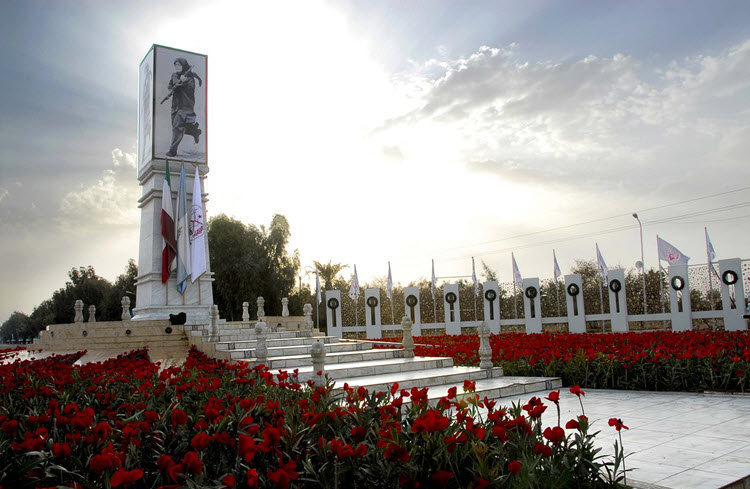
This is a continuation of a piece posted last week about the fate of the People’s Mojahedin Organization of Iran (PMOI/MEK) in Iraq.
When we left off, the MEK had been granted protected persons status under the Fourth Geneva Convention, which means that they are officially recognized as people of concern by the UN Human Rights Committee (UNHRC). However, when US troops withdrew from Iraq in 2009, the responsibility for protecting the unarmed MEK fell to the Iraqi government.
The MEK opposed the transfer of power because they said that it would endanger them; something also noted by various jurists and international organizations.
The Iraqi government gave the US written assurances that they would treat the MEK humanely in accordance with Iraq’s Constitution, laws, and international obligations, but this turned out to be untrue.
Since the Iraqi government took over, at least 116 MEK members were murdered and over 1,300 injured. This was a clear violation of human rights, international law, and the individual agreements that the US government signed with each MEK resident in 2004.
The MEK had been attacked on multiple occasions by the Iraqi forces sworn to protect them, but there was no independent investigation by an international body and whilst in Camp Ashraf, the MEK remained a target for future attacks.
Why would Iraq attack the MEK?
Iraqi then Prime Minister Nouri al-Maliki attacked the MEK at the behest of the Iranian Regime in order to remain in power. Even Iraqi National Security Advisor Muqaffaq al-Rubaie publically vowed to make the MEK’s life unbearable.
How did Iraq begin to attack the MEK?
In order to make the MEK more vulnerable to attacks from the Iraqi forces, Iraq first banned all visits to Camp Ashraf by NGOs, diplomats, and parliamentarians. They also increased their own ‘security’ around the MEK camp to prevent any of these groups getting in with Iraq’s knowledge.
Iraq then blocked the deliveries of food, fuel, water, and medical supplies, spare parts to mend the MEK’s water purification plant and power station, and even everyday items like light bulbs and paper.
They also surrounded the MEK camp with 300 loudspeakers that blared threats and insults day and night.
Tahar Boumedra, former Chief of the Human Rights Office of the United Nations Assistance Mission for Iraq (UNAMI), monitored the MEK camp from 2009-2012.
He said: “The fundamental rights of these exiles [the MEK] – humane living conditions, access to justice, humanitarian necessities including medical services for the ill and wounded, and freedom from threats of physical harm – have been repeatedly denied by the Iraqi government at the direction of the Prime Minister’s office.”
There are no less than three occasions on which the Iraqi forces attacked the MEK on the demands of the Iranian Regime.
On July 28-29 2009, Iraqi armed forces military units from Baghdad, police units from Diyala province, and the Iraqi Special Forces attacked the MEK at Asharaf killing 13 people and wounding many others.
On April 8, 2011, the Iraqi army used sound and smoke grenades and tear gas on the MEK who were forming a human barricade to stop the army from entering Ashraf. Then the Iraqi army opened fire on the crowd, sent snipers after the camerawomen, and drove HUMVEEs at high speed into the crowds. That day, 36 MEK members were killed and 318 wounded.
On September 1, 2013, armed men in protective gear entered Ashraf and shot unarmed MEK members, killing 52. A UN reports said that some of the dead even had their hands tied behind their backs.
After all of this, you might assume that the international community would have stepped in and reinstated control over the MEK’s safety, but instead the Special Representative for Iraq and the Head of UNAMI, Martin Kobler, arranged for the MEK members to be forced out of their camp and moved on to a “temporary location”, Camp Liberty, before being relocated to other countries.
He failed to protect the MEK’s basic rights, but despite this the UNAMI said that the MEK would now be safe at Camp Liberty in the interim period. Shockingly, this turned out to be untrue.
Come back for the third and final instalment of the MEK’s fate in Camp Liberty tomorrow.